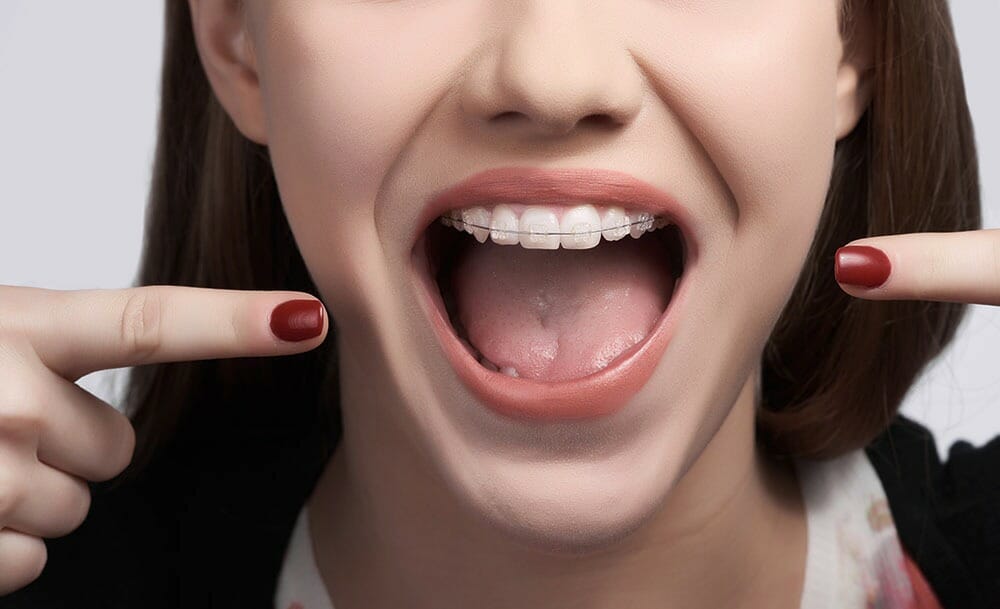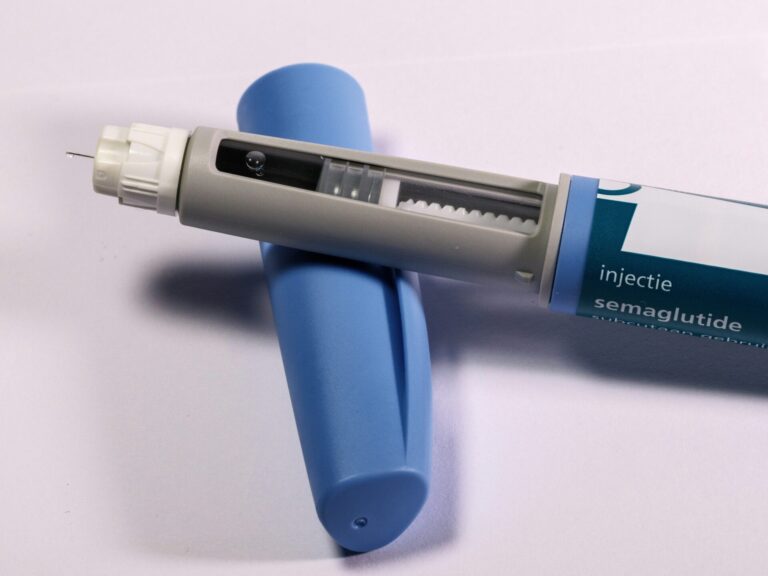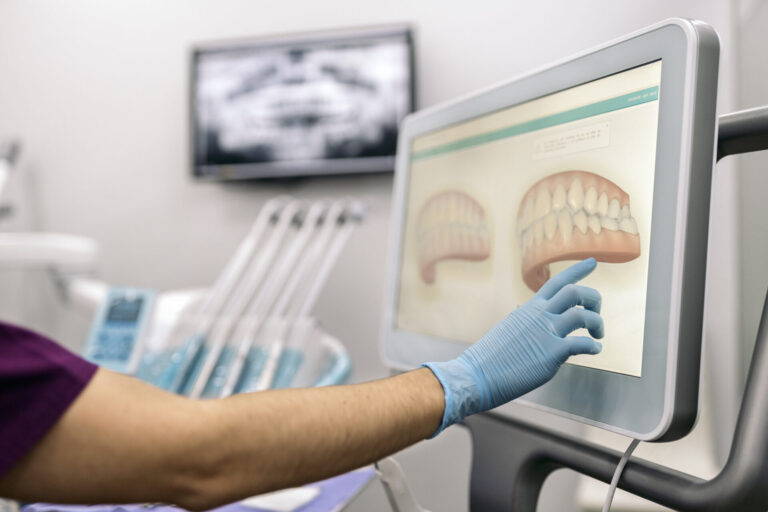What to Know
When you get your braces on, you may feel general soreness in your mouth and your teeth may be tender to biting pressures for the first few days. This can be relieved by rinsing your mouth with cool water. This helps relax the archwire, which stiffens at body temperature and relaxes with cooler temperatures. If the tenderness is severe, take some pain relief such as Paracetamol. The lips, cheeks and tongue may also become irritated for 1-2 weeks as they toughen and become accustomed to the surface of the braces – this is normal. You can put orthodontic wax or silicone on the braces to lessen this.
What to Avoid Eating
When you have braces it is important to take care of them. If you are careful in watching what you eat during treatment and can avoid breaking any part of the braces your treatment will go much smoother and require less discomfort and emergency appointments. There are many foods that can be safely eaten with braces. The list of foods to avoid below is designed for your benefit:
- Hard foods can break brackets, loosen bands and bend wires e.g. Apples or Carrots (unless cooked or cut into small pieces), Ice cubes, Nuts, Corn on the Cob, Popcorn, Hard Candy, Peanut Brittle, Bagels, Jerky, Hard Pretzels, Pizza Crust.
- Sticky foods can also break brackets, loosen or bend wires e.g. Red Skins, Caramels, Gummy bears, Sticky candy and some chewing gums.
- Foods high in sugar content cause bacteria in your mouth to start producing organic acids which can cause permanent stains and damage to your teeth. If you choose to eat sugary foods every once and a while, make sure to brush your teeth thoroughly immediately after.
- Acidic foods can also cause permanent stains and damage to your teeth e.g. Soft drinks, Acidic juices and Sports drinks.
How to Clean My Braces
It is essential that oral hygiene is kept to the highest of standards, as the presence of braces provides further areas for plaque to accumulate, exacerbating pre-existing dental health issues and increasing the risk of irreversible hard and soft tissue damage. Inadequate or improper hygiene could result in cavities, discoloured teeth, periodontal (gum) disease and/or decalcification. These same problems can also occur without orthodontic treatment, but the risk is greater to an individual wearing appliances. These problems may be aggravated if the patient often consumes sweetened beverages or foods. The following procedure will make daily brushing and flossing both simple and effective:
- Prepare to brush. Take off elastics and any other removable parts of your orthodontic appliance.
- Clean your braces. Hold your brush at a 45 degree angle to clean, above and below the brackets as shown at your braces on appointment. Take your time to ensure that all plaque and debris are removed, and that you work all the way around upper and lower teeth.
- Brush your teeth. Clean each tooth individually. First, place your brush at a 45 degree angle the gum line, than apply gentle pressure as you move in a circular motion. Do this for about 10 seconds. Use the same brushing action on all outer and inner tooth surfaces, tilting the brush as needed to better reach the insides of smaller front teeth.
- Floss once a day. Have you dental professional show you the best way to floss, or follow the instructions on the product package. You may also want to use a flossing product designed for braces and orthodontic work like a floss threader.
- Rinse and check your teeth. Rinse thoroughly with water or mouth rinse and examine your teeth and braces in the mirror.
We encourage regular dental examinations and professional maintenance throughout your orthodontic treatment. Should you have any questions regarding oral hygiene technique please don’t hesitate to ask us!



